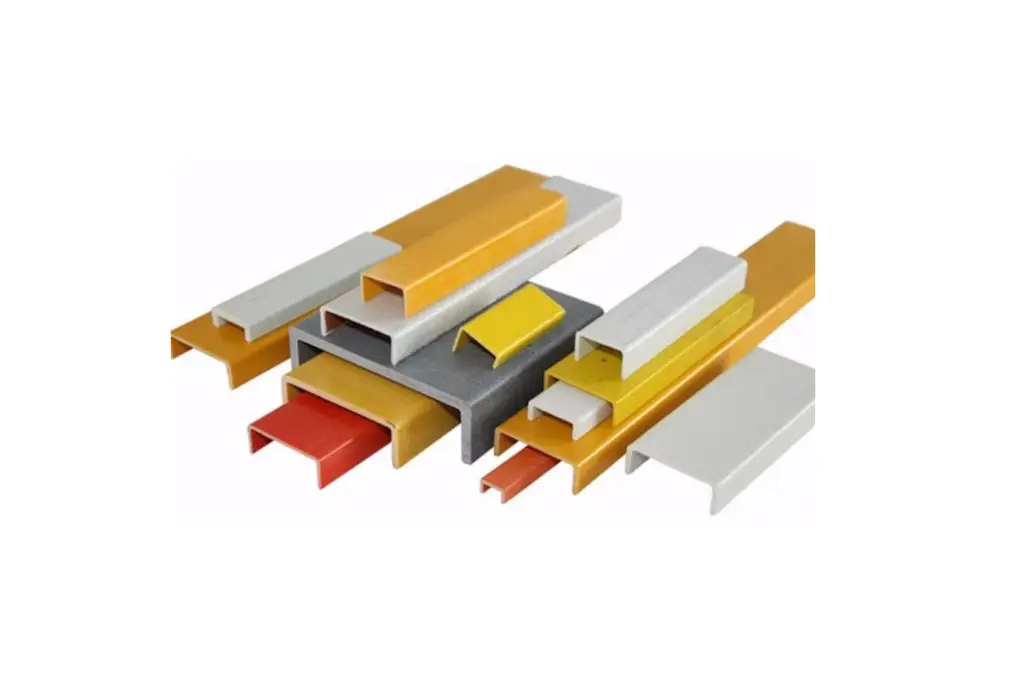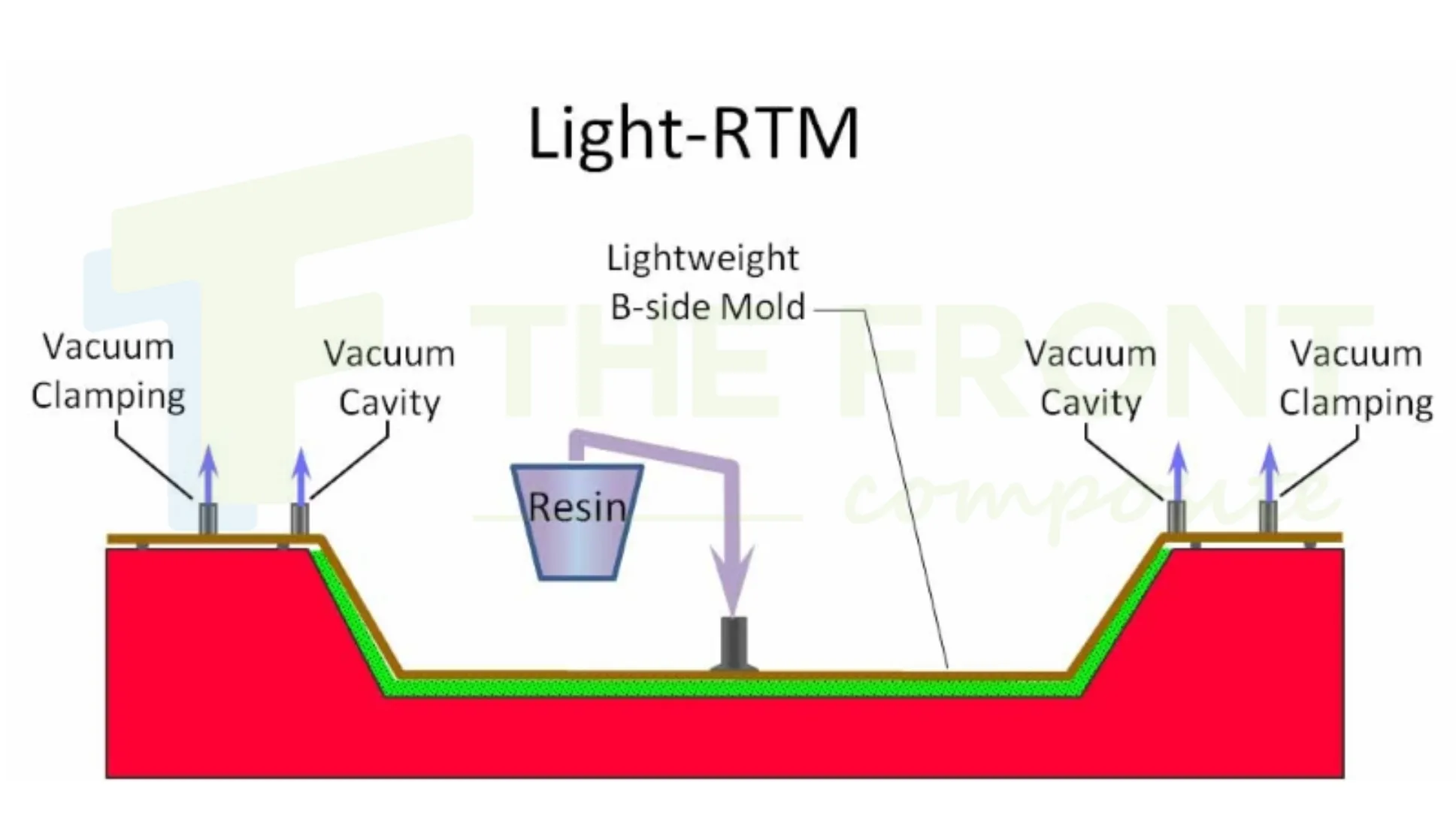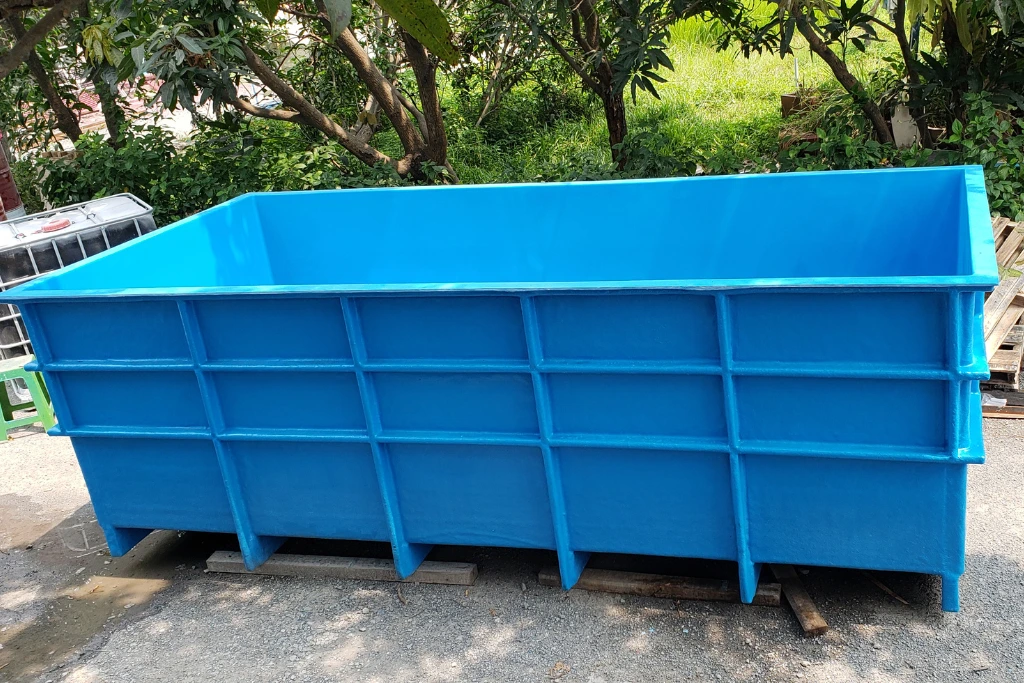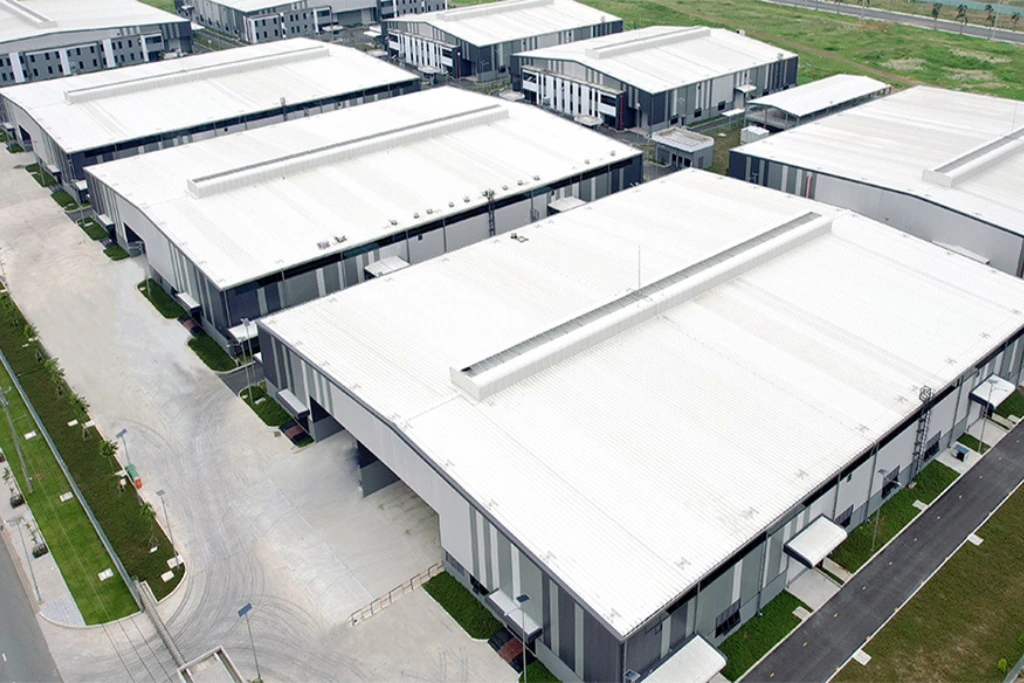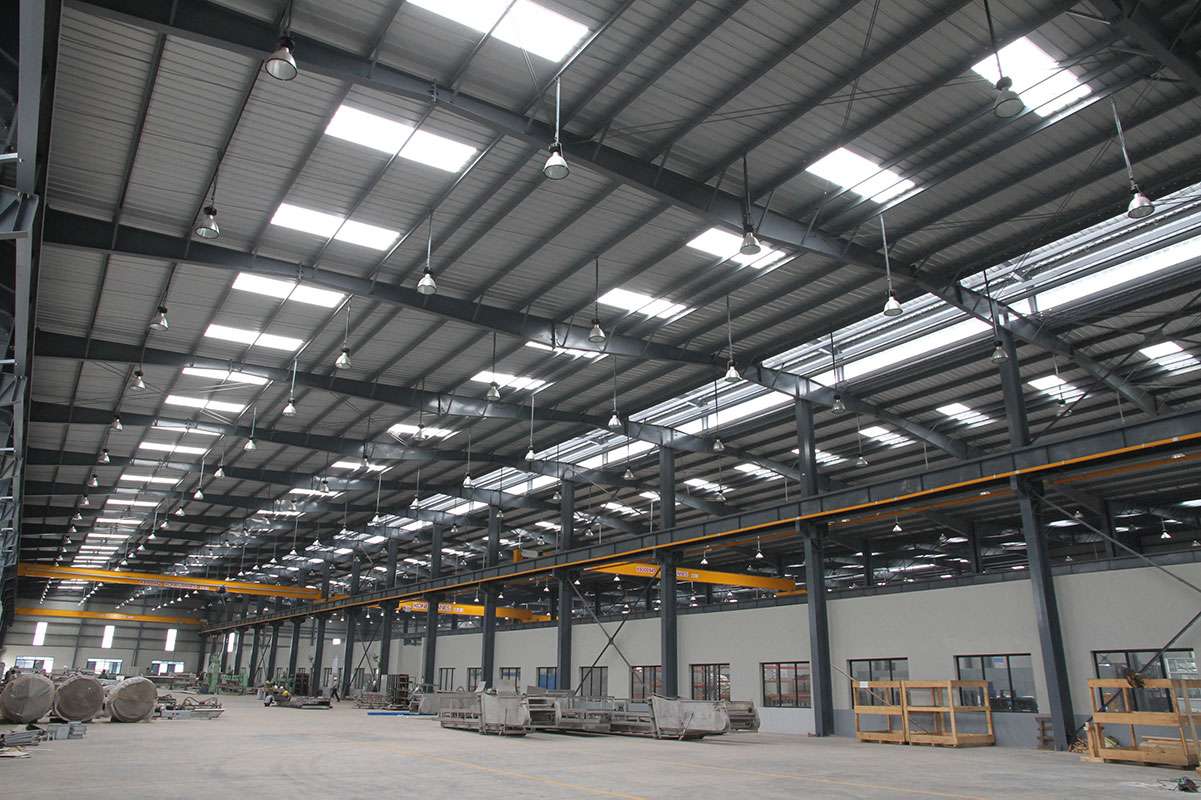In the world of cable management, speed, safety, and long-term durability are critical. Whether it’s a data center upgrade, an industrial expansion, or a new energy project, the choice of cable support system can make or break project budgets and schedules. Across industries — especially in fast-growing markets like Vietnam — one material increasingly favored for both indoor and outdoor installations is fiberglass.
Fiberglass cable trays are lightweight, strong, corrosion-resistant, and faster to install than traditional metal options. Beyond initial installation, they also deliver significant savings over the system’s lifetime through reduced maintenance needs.
This article will guide you through why fiberglass cable trays are a smart investment — and how they can drastically improve project timelines and operational budgets for both indoor and outdoor environments, particularly in Vietnam’s demanding industrial sectors.

What Are Fiberglass Cable Trays?
Fiberglass cable trays are cable management systems made from fiberglass reinforced plastic (FRP) composites. They are molded or pultruded into various shapes such as ladder trays, trough trays, and solid-bottom trays.
These trays are designed to:
- Support electrical, data, and communication cables
- Organize complex wiring systems
- Protect cables from mechanical damage, UV exposure, chemicals, and environmental stress
Because of their unique properties, fiberglass cable trays are ideal for installations across a wide range of industries, from commercial buildings and hospitals to chemical plants and renewable energy facilities.
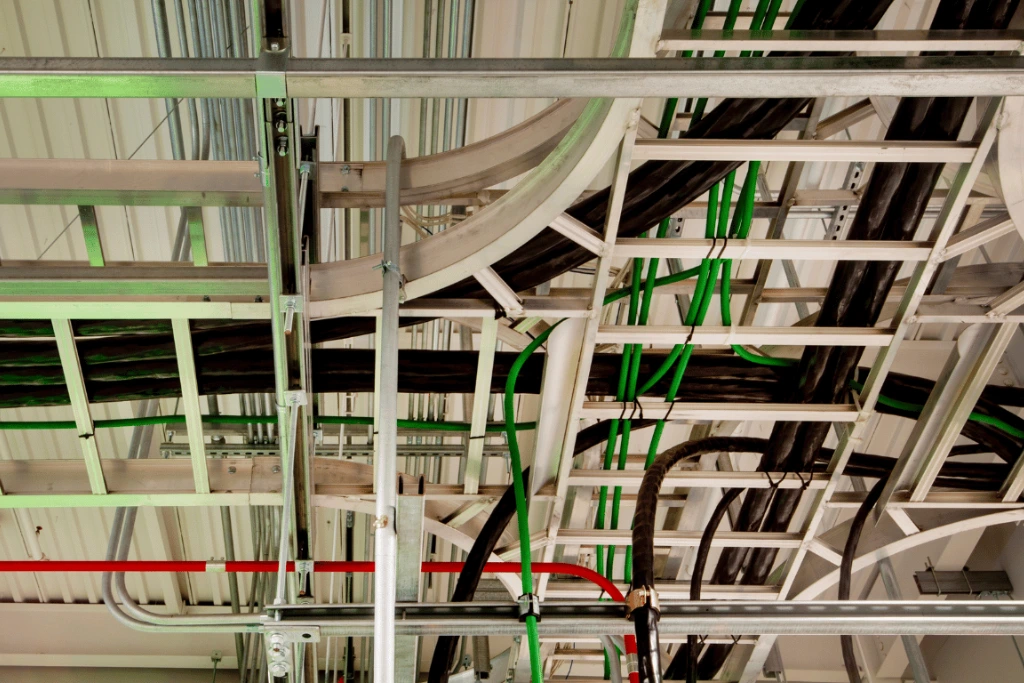
Fiberglass Cable Trays: Faster Installation for Indoor Projects
Indoor environments like offices, hospitals, and IT facilities prioritize ease of access, fast installation, and minimal disruption. Here’s why fiberglass cable trays shine in these settings:
1. Lightweight and Easy to Handle
Fiberglass cable trays are significantly lighter than steel or aluminum trays. This makes them much easier to carry, lift, and position — even in tight spaces like ceilings, walls, and underfloors.
- Reduces the need for cranes, lifts, or large installation teams.
- Simplifies installation in retrofit projects where access is limited.
- Reduces physical strain on workers, lowering the risk of injuries.
2. Simplified Cutting and Modifications
Unlike metal trays, fiberglass can be easily cut with standard hand tools like circular saws or reciprocating saws fitted with abrasive blades. No heavy-duty machinery, welding, or specialized crews are necessary.
- Cuts installation time dramatically.
- Allows on-site adjustments without delays.
- Supports flexible designs and last-minute changes.
3. Pre-fabricated Support Systems
Manufacturers often offer modular fiberglass tray systems with pre-fabricated bends, tees, reducers, and junctions. Installers simply bolt together sections without needing to fabricate parts on-site.
- Reduces installation errors.
- Speeds up project timelines.
- Provides a cleaner, more professional finish.
Indoor industries benefiting from fiberglass trays:
- Data centers
- Medical facilities
- Educational institutions
- Commercial office spaces
Fiberglass Cable Trays: Reducing Maintenance for Outdoor Applications
Outdoor environments expose cable systems to weather, chemical exposure, temperature swings, and physical impacts. Fiberglass cable trays are uniquely equipped to thrive under these conditions — while minimizing ongoing maintenance costs.
1. Outstanding Corrosion Resistance
Steel and aluminum trays corrode over time when exposed to rain, salt, chemicals, and UV rays. Fiberglass trays, however, are naturally resistant to:
- Moisture
- Chemical vapors
- Saltwater exposure
- UV radiation (when UV-stabilized)
Result: No need for regular recoating, painting, or anti-rust treatments — saving both time and money.
2. Lower Lifetime Maintenance Costs
Steel trays often require periodic inspections, re-coatings, or replacements after 10–15 years. Fiberglass cable trays can easily last 30–50 years with little more than visual inspections and basic cleaning.
- No costly repainting programs.
- No expensive shutdowns for repairs.
- Less disruption to operations in critical facilities.
3. Durability in Harsh Conditions
Outdoor systems must withstand not only weather but also mechanical abuse from debris, wildlife, or even accidents involving maintenance equipment. Fiberglass offers excellent impact resistance and flexibility under load without cracking or deforming.
Ideal for:
- Solar farms
- Oil and gas facilities
- Water treatment plants
- Transportation infrastructures (airports, railways)
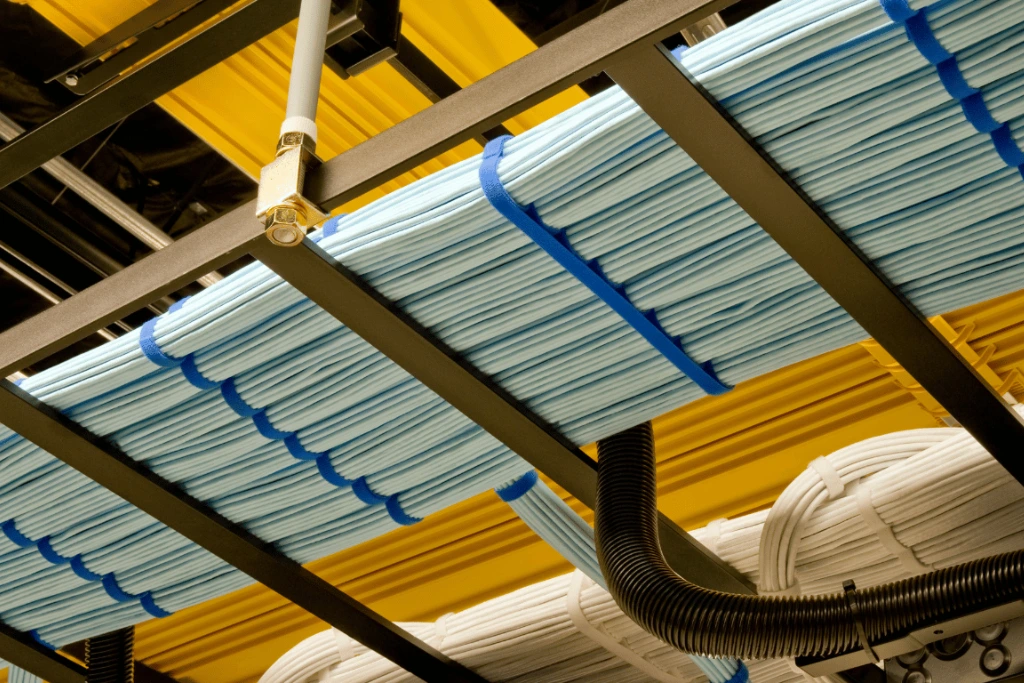
Indoor vs Outdoor: How to Choose the Right Fiberglass Cable Tray
When selecting fiberglass cable trays for a project, consider the following:
Indoor Installations:
- Use smaller, lightweight tray systems designed for ceiling and wall mounting.
- Prioritize aesthetic finishes if trays are exposed to view.
- Ensure trays are compliant with building fire codes (fire-retardant resin options available).
Outdoor Installations:
- Select UV-resistant and chemical-resistant grades of fiberglass.
- Consider load-bearing requirements (heavy snow loads, impact resistance).
- Choose systems with secure covers if protection against debris or vandalism is needed.
Tip: Always consult the manufacturer’s specifications and load charts to ensure your selected tray type meets the needs of your cables and installation environment.
Other Advantages of Fiberglass Cable Trays
- Non-conductive: Improves safety around electrical installations by reducing grounding needs.
- Thermal stability: Minimal expansion or contraction with temperature changes.
- Fire resistance: Special resin formulations provide excellent flame spread ratings.
- Environmental sustainability: Longer service life means fewer replacements, conserving resources.
These additional benefits make fiberglass cable trays not only a practical choice but a strategic investment in future-proof infrastructure.
Adaptability Across Industries
One major advantage of using fiberglass cable trays is their adaptability to diverse industries and environments. Whether you are designing a high-tech data center, building a chemical processing facility, or expanding renewable energy infrastructure, fiberglass trays can be tailored to fit specific project needs.
They come in various designs — including ladder-type, trough-type, and solid-bottom trays — and can easily accommodate different cable types, voltage levels, and load requirements. Additionally, fiberglass systems can be modified on-site without specialized tools, allowing engineers and contractors greater flexibility during installation.
This adaptability means fiberglass cable trays aren’t just a solution for today’s needs, but a smart, scalable system that supports future expansion and changes as technology evolves.
Fiberglass cable trays are transforming how industries manage and protect critical wiring systems. Whether for indoor facilities like data centers or outdoor environments such as solar farms and industrial plants, fiberglass cable trays deliver faster installation, lower maintenance costs, and long-term durability.
Across Vietnam’s growing industrial, energy, and construction sectors, the demand for smarter, more resilient cable management solutions is rising — and fiberglass cable trays are meeting that challenge.
The Front, a trusted fiberglass cable tray supplier in Vietnam, provides high-quality solutions engineered to withstand the toughest conditions, indoors and out. With expert support and proven product performance, The Front helps projects across Vietnam build stronger, safer, and more efficient cable infrastructure.
Ready to upgrade your cable systems? Contact The Front today for premium fiberglass cable tray solutions designed to outperform and last.

